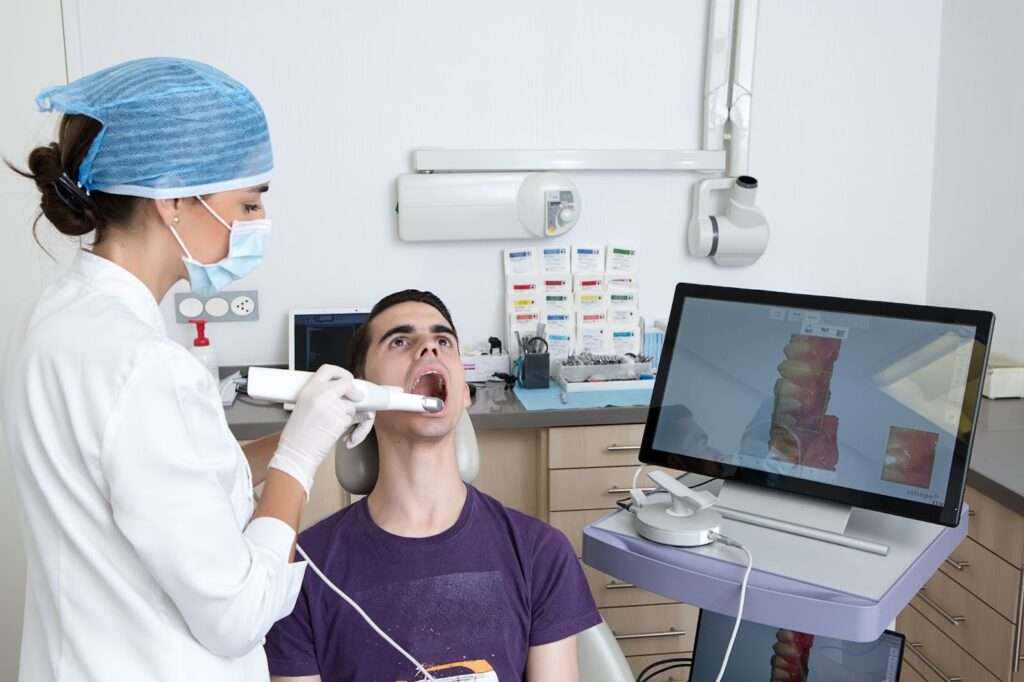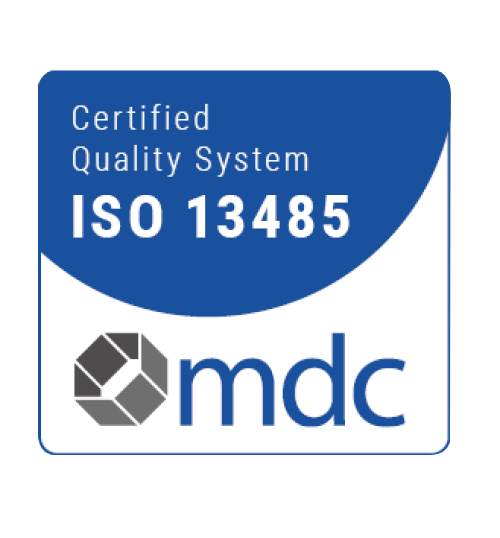Best Teeth Aligners for Adults: Achieve Your Perfect Smile
The notion of a bright, straight smile is no longer limited to youngsters. It owes to the growing popularity of teeth aligners so that adults can now achieve a perfect smile. You don’t need to hide your radiant glowing smile due to crowded or unaligned teeth anymore. So. If you are looking to fix a gap in teeth, improve crowded teeth, or correct a crossbite, the best teeth clear aligners offer a discreet and effective solution. Let’s see the best teeth aligners for adults, discuss the different types, and answer common questions like how long do braces take to straighten teeth and whether can aligners fix crossbite. This guide will also make you understand the options that offer the best and affordable teeth aligners. All these will lead you to gain insights into choosing the right treatment for your needs. What Are the Best Teeth Clear Aligners? Did you know that aligners have a capability to shift several teeth around 0.25-0.33mm per aligner? This figure is sufficient to shift your crooked smile to a dashing one. Moreover, you just need the best teeth clear aligners and change them every two weeks. When it comes to selecting the right teeth clear aligners for adults, it is important to look for a product that is efficient, non-aggressive, and almost impossible to notice. Traditional braces are metal wires and brackets; aligners are clear, removable trays that guide your teeth to their proper positions quietly. The best part? You can straighten your teeth without anyone even noticing. FirstClass Aligners are the ultimate solution for achieving proper teeth alignment without the hassle of traditional braces. Designed for comfort, efficiency, and discretion, they are recognized as the best teeth clear aligners for anyone seeking a straighter, healthier smile. Our advanced aligner technology ensures gradual, precise tooth movement while remaining virtually invisible. Whether you need to close gaps, correct crowding, or enhance your smile, FirstClass Aligners provide a seamless and effective treatment. With a perfect blend of innovation and convenience, they offer a superior alternative to metal braces, helping you achieve ideal teeth alignment with confidence. The Leading Brand in Teeth Aligners When it comes to achieving proper teeth alignment, FirstClass Aligners stands out as the best teeth clear aligners in the industry. With cutting-edge intraoral scan solutions, we bring precision and innovation to orthodontic care. Advanced intraoral scanners (IOS) provide highly accurate digital dental impressions, ensuring a seamless and comfortable experience for patients. At FirstClass Aligners, we prioritize excellence in diagnostics, offering a personalized approach to teeth straightening. Whether you’re fixing misalignment or enhancing your smile, trust our state-of-the-art technology to deliver outstanding results, making proper teeth alignment easier and more effective than ever. Ascertaining your dental issues together with your teeth requirements will help you select the appropriate teeth aligners. You need to choose an aligner system that can fix your gap in teeth and also know about how crowded teeth are fixed before searching for solutions to that problem. Each person has unique needs when it comes to their teeth issues. Other dental problems can also be solved through these 3D case design treatments and these include both bite misalignment and mild to moderate cases with a crossbite. Types of Teeth Aligners Best for Children Selecting the right aligner becomes essential when treating children’s teeth misalignment to achieve both satisfactory outcomes and ease of treatment. Personalized 3D case design exists to serve different conditions of dental misalignment. Traditional metal braces remain a popular treatment option for children because they provide lasting performance while treating the most complicated cases of misalignment. Most parents along with their children pick clear aligners because of their invisible nature and comfortable usage experience. The clear aligners produced by FirstClass Aligners give children the possibility to achieve teeth alignment without enduring the unpleasant experience of metal braces. The braces made of ceramic materials serve the same purpose as traditional metal braces yet their appearance matches tooth colors more effectively. Historically both parents and children favored removable aligners for mild to moderate misalignment because the devices enable users to maintain dental hygiene without standing out in public. FirstClass Aligners achieves one of the best teeth aligner treatments for kids through their 3D technology advancements which deliver precise customizations. The initial investment in high-end and affordable aligners combined with early orthodontic treatment will help create a proper teeth alignment which delivers improved oral health with a confident smile that keeps you smiling. Teeth Aligners vs. Traditional Braces When it comes to achieving proper teeth alignment, both teeth clear aligners and traditional braces offer effective solutions. However, they differ in terms of appearance, comfort, and treatment experience. Feature Teeth Clear Aligners (e.g., FirstClass Aligners) Traditional Braces Appearance Clear and nearly invisible Visible metal brackets Comfort Smooth plastic, minimal irritation Can cause discomfort due to wires and brackets Removability Removable for eating & cleaning Fixed until treatment is complete Oral Hygiene Easy to maintain; no food restrictions Harder to clean; food can get stuck Treatment Time Varies, often faster for mild cases Effective for all cases, may take longer Best For Mild to moderate misalignment and complex cases Complex dental issues How Long Does It Take for the Best Teeth Clear Aligners to Align Your If you are looking for the best teeth clear aligners for adults, a common question arises: how long do braces take to straighten teeth? Simply speaking, the answer to it deeply depends on the situation and the condition of your teeth. Moreover, the timeline for aligner treatment can be different, depending completely on the extent of the misalignment. However, we can give you insight about the average time that most aligners take which is around 6 to 18 months to complete. The length of treatment may vary for those who are unsure if aligners may correct particular problems, such as crowded teeth or a crossbite. It might only take three to six months to make minor modifications, such as closing a
Best Teeth Aligners for Adults: Achieve Your Perfect Smile Read More »








